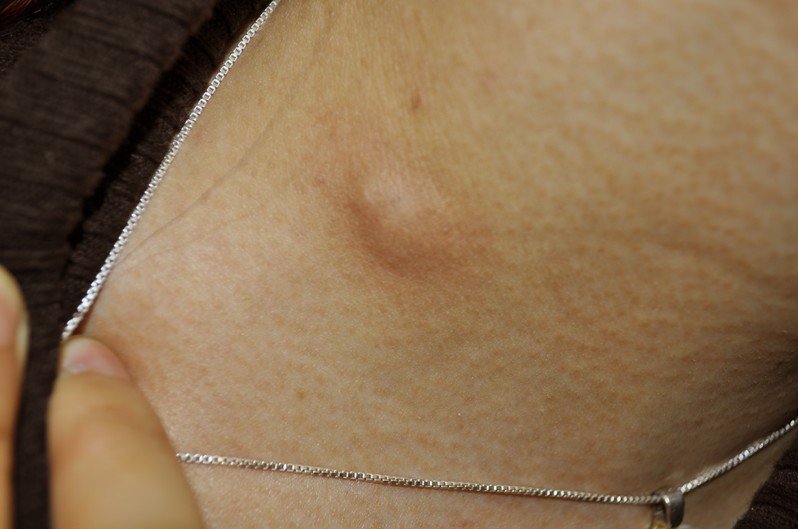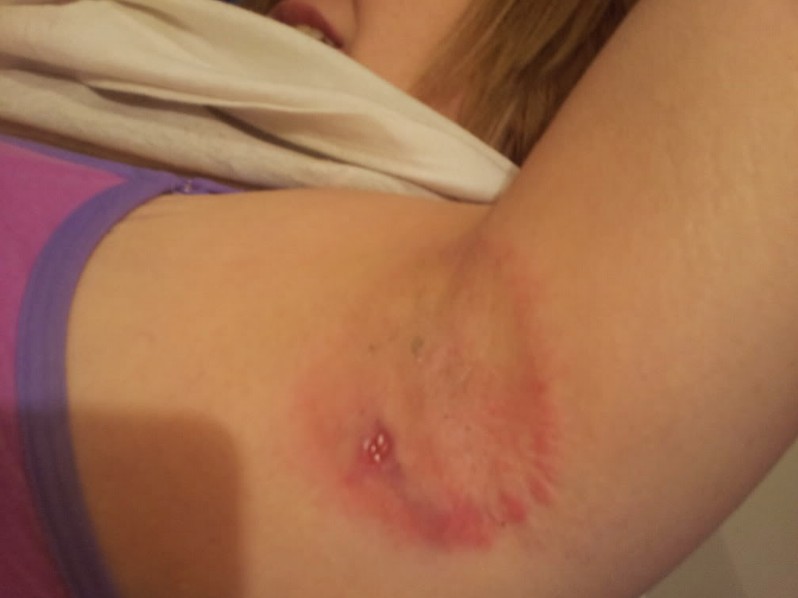Pain in Fingertips
Feeling pain in the fingertips is not a pleasant thing to experience and it can generate a lot of discomfort. This symptom can be caused by a wide array of medical conditions, the correct diagnosis of these being more than essential. Often times, the doctor will take into consideration whether you are suffering from other symptoms or not. The treatment is going to be symptomatic, as suggestions are made to relieve the pain but also adapted to the underlying condition. Sometimes, by eliminating the underlying condition, the pain will be diminished as well and you will be able to resume your normal, day-to-day activities.
What Causes Pain in Fingertips?
 These are the most common causes that lead to pain in fingertips:
These are the most common causes that lead to pain in fingertips:
Circulatory conditions
Raynaud’s phenomenon
- Blood flow is constricted at the extremities, affecting the fingertips as well
- Pain experienced with extreme cold temperatures, the fingertips present color modification as well (bluish or white)
- Going from cold to warm, the fingertips will turn into bright red as the blood flow is no longer constricted and the patient will describe a tingling sensation.
Peripheral vascular disease
- The condition is similar to the one mentioned above, the difference being that the modifications are not necessarily triggered by the weather
- The blood flow to the fingertips is restricted, leading to pain in the fingertips, among other modifications
- Because of the reduced circulation in the area, the skin is pale
- Patients also describe a sensation of numbness in the area
- Any wound in the area heals slower, as the blood circulation is not good enough to promote healing
Exposure to extremely cold temperatures
Frostbites
- Tissue damage
- Partial or complete loss of feeling in the fingertips
- When the loss is partial, there is a lot of pain that appears in the fingertips
- As the tissues start to warm up, the pain will become more intense
Neurological conditions
Carpal tunnel syndrome
- The pain in the fingertips is caused by the pinching of a nerve in the carpal tunnel (located at the level of the wrist)
- The condition is aggravated by the constant pressure on the carpal tunnel (such as typing or writing)
- The pain is accompanied by other symptoms, the patients complaining of tingling sensations or numbness in the area
- Pain might radiate into other parts of the body as well
Inflammatory conditions
Arthritis of the fingers – osteoarthritis or rheumatoid arthritis
- The inflammation of the finger joints leads to pain in the fingertips, among other modifications
- The joints might also swell, becoming rigid – the range of mobility is thus reduced in the affected joint
- The lack of movement worsens the pain, the patient finding himself in a vicious circle.
Treatment
These are the most recommended courses of treatment for pain in fingertips:
Circulatory conditions
- Raynaud’s phenomenon
- Calcium channel blockers
- Alpha blockers
- Vasodilators
- Sympathectomy (nerve surgery)
- Botox injection
- Avoid exposure to cold temperatures
- Peripheral vascular disease
- Medication to lower cholesterol levels
- Medication to lower blood pressure levels
- Diabetes medication
- Medication to prevent formation of blood clots – aspirin
- Symptomatic medication – pain relief
Exposure to cold temperatures
Frostbites
- Gradual warming of extremities by placing them in warm water
- Avoid sudden exposure to heat
- Symptomatic medication – pain relief
- Surgical removal of necrotized tissue
- Antibiotics to prevent secondary infections
Neurological conditions
- Carpal tunnel syndrome
- Corticosteroids – oral/topical administration (injection)
- Surgery – release of nerve entrapment
- Wrist brace/splint
- Anti-inflammatory medication – pain relief
- Physiotherapy
Inflammatory conditions
Osteoarthritis
- Symptomatic medication – pain relief
- Acetaminophen – reduces pain, but not inflammation
- Ibuprofen – reduces both pain and inflammation
- Topical applications might be more recommended in elderly patients
- Physiotherapy
- Occupational therapy
- Wearing finger splints
- Cortisone shots
- Hyaluronic acid injections
- Bone realignment or joint replacement
Rheumatoid arthritis
- Anti-inflammatory medication – pain relief
- Ibuprofen
- Naproxen sodium
- Corticosteroids – oral/topical administration (injection)
- Anti-rheumatic drugs – slow progression, protect joints
- Methotrexate
- Leflunomide
- Hydroxychloroquine
- Biologic agents – modify the biologic response
- Adalimumab
- Infliximab
- Rituximab
- Physiotherapy
- Occupational therapy
- Surgery
- Total joint replacement
- Tendon repair
- Joint fusion.
In conclusion, when a person experiences pain in the fingertips, the most important thing is that a correct diagnosis is made. Once the underlying condition has been identified, the patient can explore the available treatment options and decide which course to follow. Some of these conditions are chronic and they require lifetime management, in order for their progression to be slowed down and their consequences minimized. Pain therapy is guaranteed to bring the necessary relief but one must take into consideration that most of the pain medication has a negative impact on the digestive system. Protective medication should also be administered.




















